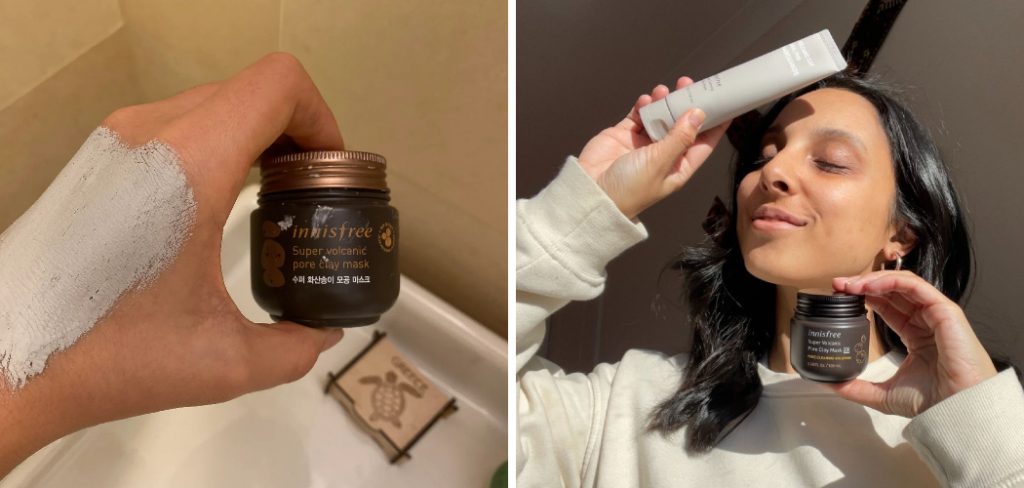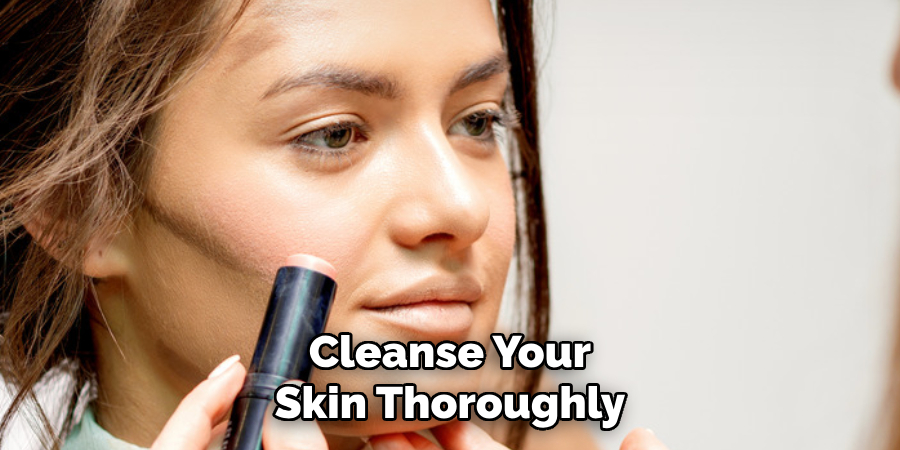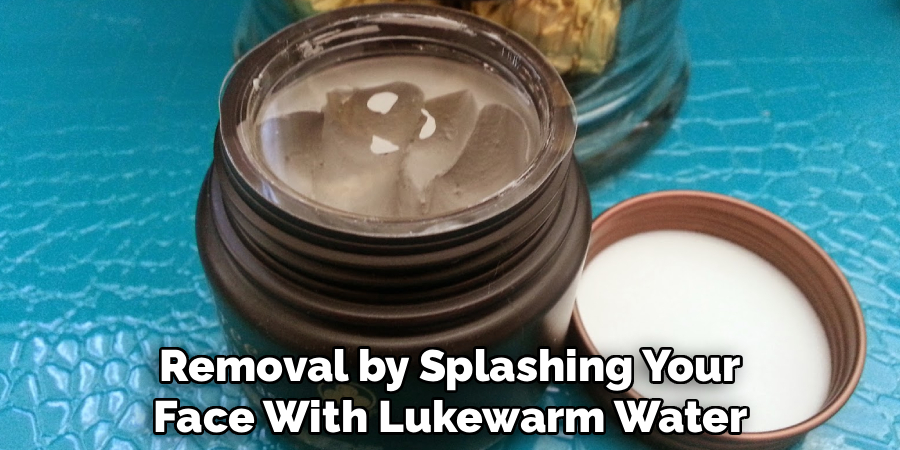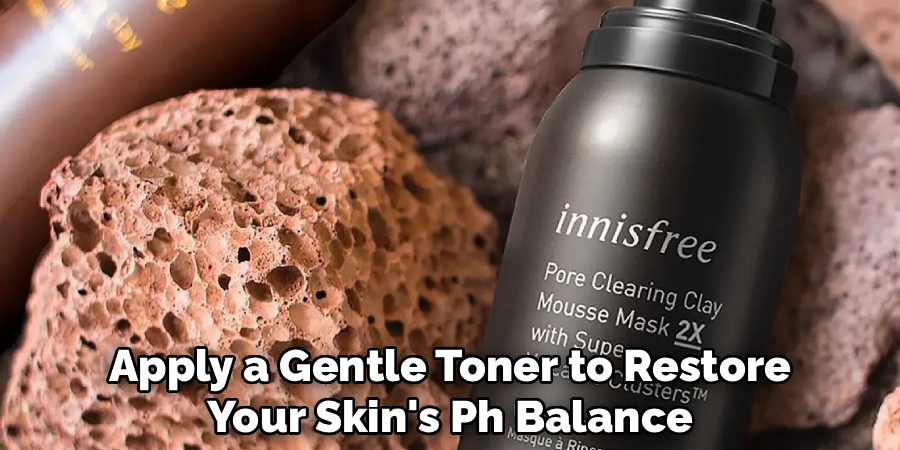Understanding how to use innisfree clay mask properly can transform your skincare routine and help you achieve the glowing complexion you’ve always wanted. While these masks are incredibly effective, using them correctly is essential to maximize their benefits while avoiding potential irritation or dryness.

This comprehensive guide will walk you through every step of the application process, from preparation to removal, ensuring you get the most out of your Innisfree clay mask experience. Whether you’re new to clay masks or looking to refine your technique, these professional tips will help you achieve salon-quality results at home. You’ll learn the optimal frequency, proper application methods, and aftercare steps that keep your skin balanced and healthy.
Why Mastering Innisfree Clay Mask Application Matters
Learning proper application techniques for Innisfree clay masks is crucial for achieving optimal results without compromising your skin’s health. These volcanic clay formulations are potent and require specific handling to prevent over-drying or irritation, especially for sensitive skin types.
Correct usage ensures you receive maximum pore-cleansing benefits while maintaining your skin’s natural moisture barrier. Poor application can lead to uneven results, excessive dryness, or even breakouts from improper removal. Understanding the nuances of timing, thickness, and removal techniques transforms this powerful skincare tool from a potential irritant into your most effective pore-refining treatment.
7 Step-by-Step Guide: How to Use Innisfree Clay Mask
Step 1: Cleanse Your Face Thoroughly Before Application
Begin your clay mask routine with a thorough facial cleansing using your regular cleanser to remove makeup, sunscreen, and daily impurities. This preliminary step ensures the clay mask can penetrate deeply into your pores without being blocked by surface debris or cosmetic residue. Use lukewarm water to open your pores slightly, which enhances the mask’s effectiveness. Pat your skin dry with a clean towel, leaving it slightly damp as this moisture helps with even mask application.

Double cleansing with an oil-based cleanser followed by a water-based one provides the cleanest canvas for your treatment. This preparation step is essential for maximizing the volcanic clay’s pore-cleansing capabilities.
Step 2: Assess Your Skin’s Current Condition
Take a moment to examine your skin in good lighting, identifying areas that need extra attention such as congested pores, blackheads, or oily zones. This assessment helps you customize your application technique and determine the appropriate mask thickness for different areas of your face. Check for any active breakouts, cuts, or irritated areas that should be avoided during application.
Notice your skin’s moisture levels, as very dry skin may need a thinner application or shorter treatment time. Understanding your skin’s current state allows you to adjust the treatment intensity accordingly. This personalized approach ensures you receive optimal benefits while minimizing potential adverse reactions to the volcanic clay formula.
Step 3: Apply the Innisfree Clay Mask with Even Coverage
Using clean fingers or a mask applicator brush, apply the clay mask in a thin, even layer across your face, avoiding the delicate eye and lip areas. Start with a small amount and build coverage gradually, as applying too thick initially can lead to uneven drying and difficulty during removal.
Focus on areas with visible pores, excess oil, or blackheads, such as the T-zone, while using lighter application on drier areas like the cheeks. Work quickly but methodically to ensure even distribution before the clay begins to set.
Step 4: Set a Timer for Optimal Treatment Duration
Most Innisfree clay masks work best with a 10-15 minute application time, though this can vary based on your skin type and the specific product variant. Set a timer immediately after application to prevent over-treatment, which can lead to excessive drying and potential irritation. Oily skin types may tolerate longer treatment times, while sensitive or dry skin should start with shorter durations.
Watch for the mask to change color slightly as it dries, indicating the volcanic clay is drawing out impurities from your pores. Never allow the mask to completely crack or become uncomfortably tight, as this indicates over-drying. Consistent timing helps you develop a routine that works perfectly for your individual skin needs.

Step 5: Monitor Your Skin’s Response During Treatment
While the mask works, pay attention to how your skin feels and looks throughout the treatment period. Normal sensations include a slight tightening feeling as the clay dries and draws out impurities from your pores. If you experience significant burning, stinging, or excessive discomfort, remove the mask immediately with cool water. Notice areas where the mask dries faster, typically oilier zones, versus areas that remain slightly moist longer.
This observation helps you adjust future applications for more targeted treatment. Some tingling is normal with volcanic clay formulations, but any intense discomfort indicates the treatment should be discontinued. Learning to read your skin’s signals ensures safe and effective use every time.
Step 6: Remove the Mask Gently and Thoroughly
When your timer indicates treatment completion, begin removal by splashing your face with lukewarm water to soften the dried clay before attempting full removal. Use gentle circular motions with wet fingertips to gradually dissolve and lift away the mask, starting from the outer edges and working inward. Avoid scrubbing or pulling at stubborn areas, instead allowing water to soften the clay for easier removal.
Rinse thoroughly, ensuring no residue remains around the hairline, jawline, or other easily missed areas. How to use innisfree clay mask properly includes this crucial removal step, as harsh removal can cause irritation and negate the treatment’s benefits. Take your time during this process to maintain your skin’s comfort and health.
Step 7: Follow Up with Appropriate Hydration and Care
Immediately after mask removal, while your skin is still damp, apply a gentle toner to restore your skin’s pH balance and prepare it for subsequent skincare steps. Follow with a lightweight, non-comedogenic moisturizer to replenish hydration that may have been drawn out during the clay treatment. This post-mask care is essential for maintaining your skin’s moisture barrier and preventing the tightness or dryness that can occur after deep pore cleansing.

Consider using products with hydrating ingredients like hyaluronic acid or ceramides to restore optimal moisture levels. Some people benefit from a hydrating serum before moisturizer, especially if they have naturally dry skin. This careful aftercare ensures your skin remains balanced and comfortable while maximizing the mask’s pore-refining benefits.
Benefits of Volcanic Clay
Volcanic clay, often known for its rich mineral content, offers numerous benefits when used in skincare. This natural ingredient is highly effective at drawing out impurities and detoxifying the skin, making it an excellent choice for those looking to deep clean their pores. Its ability to absorb excess oil helps balance sebum production, which can be particularly beneficial for individuals with oily or acne-prone skin.
Additionally, volcanic clay is enriched with trace minerals like magnesium, calcium, and silica, which can help to nourish and revitalize the skin. Regular use of products containing volcanic clay can leave your skin feeling purified, smooth, and refreshed while promoting a healthy, radiant complexion.
Frequently Asked Questions
How Often Should I Use Innisfree Clay Masks?
The ideal frequency depends on your skin type and concerns. Oily or acne-prone skin can typically handle 2-3 applications per week, while normal to dry skin should limit use to once weekly. Start with once per week and gradually increase if your skin responds well without irritation. Monitor for signs of over-treatment like excessive dryness, redness, or increased breakouts, which indicate you should reduce frequency.
Can I Use the Clay Mask on Sensitive Skin?
Innisfree clay masks can be suitable for sensitive skin when used properly, but extra caution is necessary. Perform a patch test on a small area 24 hours before first use. Apply a thinner layer and reduce treatment time to 5-10 minutes initially. Choose the gentlest formula available and avoid using if you have active inflammation or compromised skin barrier. Always follow up with gentle, fragrance-free moisturizer.
What Should I Do If the Mask Causes Irritation?
Remove the mask immediately with cool water if you experience burning, excessive stinging, or severe tightness. Apply a gentle, hydrating moisturizer and avoid other active skincare ingredients for 24-48 hours. If irritation persists beyond a day, discontinue use and consider consulting a dermatologist. For future use, try applying a thinner layer, reducing treatment time, or switching to a gentler clay mask formula.
Can I Target Specific Areas Instead of Full Face Application?
Absolutely! Spot-treating specific areas like the T-zone, chin, or areas with visible blackheads is an effective approach. Apply the mask only where needed, such as oily areas or congested pores, while leaving sensitive or dry areas untreated. This targeted method allows you to address specific concerns without potentially over-treating your entire face. It’s particularly beneficial for combination skin types.

What Ingredients Should I Avoid Mixing with Clay Masks?
Avoid using strong actives like retinoids, AHA/BHA exfoliants, or vitamin C immediately before or after clay mask treatments, as this can cause excessive irritation. Skip other exfoliating treatments on clay mask days. Don’t mix the clay mask with other masks or treatments simultaneously. Wait at least 24 hours between clay mask use and other intensive treatments to prevent over-stimulating your skin.
Conclusion
Mastering how to use innisfree clay mask effectively transforms this powerful Korean skincare staple into your most reliable tool for achieving clear, refined pores and balanced skin. The volcanic clay’s natural purifying properties work best when applied with proper technique, appropriate timing, and consistent aftercare that maintains your skin’s health and comfort.
Start with conservative application times and frequencies, gradually adjusting as you learn how your skin responds. Remember that consistency trumps intensity when it comes to achieving lasting improvements in skin texture and pore appearance. Begin your Innisfree clay mask routine today and discover how this time-tested Korean skincare approach can elevate your complexion to new levels of clarity and radiance.
About the Author
Jane Hubbard is a passionate beauty expert with a wealth of experience in makeup, hair, and overall beauty techniques. After years of working as a hairdresser specialist, she followed her entrepreneurial spirit and started her own consultancy business.
Jane has always been driven by her desire to help others feel confident in their own skin, and she does this by sharing her knowledge, experiences, and practical beauty tips. Through her consultancy, she empowers individuals to embrace their unique beauty, offering tailored guidance that boosts both self-esteem and personal style.
Professional Focus
- Specializes in makeup, hairstyling, and beauty consulting.
- Provides personalized beauty advice, tips, and techniques to help individuals feel confident in their appearance.
- Dedicated to staying up-to-date with the latest industry trends and developments.
- Passionate about creating a comfortable and empowering experience for every client.
Education History
- University of Craft and Design – Bachelor of Fine Arts (BFA) in Woodworking and Furniture Design
- Woodworking Apprenticeships – Extensive hands-on training with skilled craftsmen to refine carpentry and furniture making techniques
- Online Courses & Masterclasses – Continued education in advanced woodworking techniques, design principles, and specialized tools
Expertise:
- Makeup artistry, hairstyling, and beauty consulting.
- Personalized beauty techniques to enhance confidence and self-expression.
- Educating clients on how to maintain their beauty routines at home.
